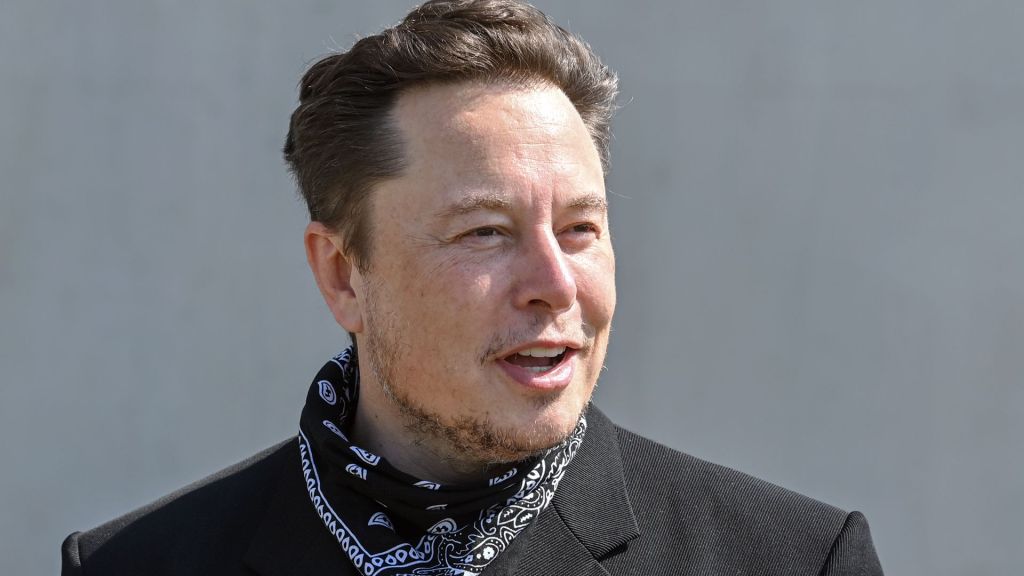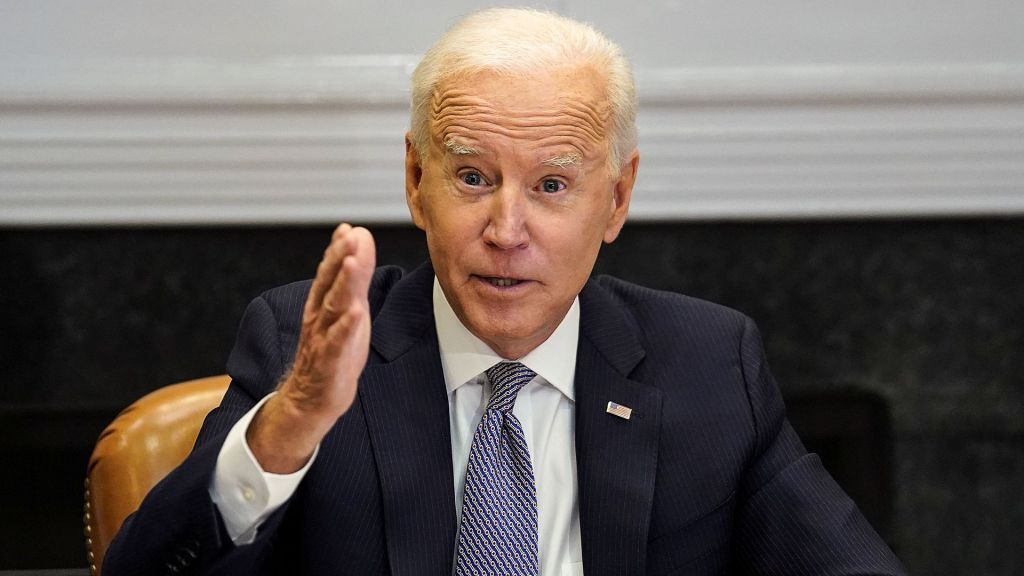
Commentary
-
Our commentary partners will help you reach your own conclusions on complex topics.
When we visit an amusement park, we anticipate the excitement that will come from a death-defying drop out of the air, or an upside-down loop on a roller coaster, never thinking about the fact that we’re far more likely to be hurt or even killed on the way to the park than we are once we’re inside its walls.
We all know that riding in a car is dangerous. But we do it anyway. We use seatbelts to lessen the likelihood of negative consequences resulting from our decision to participate in a risky behavior.
In the 1960s, the US government, acknowledging the inherent risks of travel by car, began requiring that cars include seatbelts. And today, deaths per miles traveled are about one-fifth of what they were in 1965.
Just imagine, for a moment, if we approached the opioid crisis with the same levelheaded sensibility – the same eye towards what we call “harm reduction.”
And yet as the body count for the opioid crisis rises year after year, the US government has failed to implement any comprehensive response, even demonstrating open hostility to strategies for harm reduction that have proven strikingly effective.
Trump, for example, views the issue as a supply-and-demand problem: If you make it harder to get drugs, and give the death penalty to dealers, it’ll go away. Except this prohibition-style approach doesn’t work. People want drugs, they will get drugs.
What does work? Decriminalizing lesser drug offenses, and replacing arrests with addiction treatment and social services. Portugal, once known as the heroin capital of the world, did this in 2001. Overdose deaths in that country subsequently fell by 85%.
In Seattle, which has stopped jailing people found with small amounts of drugs, users are more likely to have a job and a home, and less likely to be rearrested.
Academic research has disproven the claim that harm reduction tactics – including access to Safe Consumption Spaces, needle exchange programs, and free drug testing strips and Naloxone (also known by its brand name, Narcan) – will result in increased drug use, but have definitively shown that they are effective at combating overdose deaths.
As an example, 2018 study of national harm reduction policies found that opioid deaths dropped by 14% in states that made Naloxone (also known by its brand name, Narcan) easier to acquire.
Americans tend to see drug use through the prism of criminality rather than public health. Embracing harm reduction efforts requires seeing drug use as a part of life. But like driving, drug use is an activity that incurs risk, and yet is something that happens every day.
People who suffer from addiction…they’re still people. And the way to help them is through support, compassion, and outreach – not through punitive measures that only make them less likely to ask for the help that they need.
Short story: If someone isn’t breathing, they’re not capable of seeking – or participating in – their recovery. And that is a choice that should be left to them.
-
Why I doubt Trump will be convicted in hush money case
Donald Trump is the first former president to face trial on criminal charges. In the first of potentially four trials, Trump entered a plea of not guilty to 34 counts of falsifying business records. These charges stem from a $130,000 payment made to the adult actress and stripper Stormy Daniels, which aimed to keep her…
-
Political comedy has a role to play in Gaza
Political comedians in the U.S. have sometimes struggled to cover the war in Gaza, which has been defined by tremendous human suffering and high political polarization, none of which seems particularly funny. Comedian Ramy Youssef attempted to tackle some of those issues in an opening monologue of a recent “Saturday Night Live” (SNL) episode. Straight…
-
Republicans don’t care about female voters
Women make up the largest demographic among registered voters in America and consistently participate in elections, with over 68% turning out to vote in the 2020 presidential election. Some political analysts suggest that with the recent reversal of Roe v. Wade, abortion has become a key issue among voters, benefiting Democratic candidates. However, in the…
-
Birth control disinformation confuses young women on social media
A new social media trend may be responsible for spreading online disinformation about women’s birth control. Influencers and content creators have been publishing content that critics say is not only wrong but also potentially dangerous for young women and girls. Straight Arrow News contributor Jordan Reid confronts that disinformation and tries to clarify the pros…
-
A grim reminder of some of Trump’s most disturbing statements
While mobilizing support for U.S. Senate candidate Bernie Moreno in Ohio, presumptive Republican presidential nominee Donald Trump warned of dire consequences if he —Trump — were to lose the election. This wasn’t the first instance where the former president delivered a rally speech to threaten violence or warn of a doomsday scenario should Biden secure…
Latest Opinions
-
 AP Images
AP Images
Argentina asks to join NATO as Milei looks to enhance security, strengthen ties
-
 Getty Images
Getty Images
Utah students protest 'furries,' school admin deny problem
-
 Reuters/Jane Rosenberg
Reuters/Jane Rosenberg
Trump’s ‘hush money’ trial: Legal experts debate name coined by media.
-
 AP Images
AP Images
Black Chicagoans feel neglected as millions funneled to migrant crisis
-
 Envato
Envato
Congress wants to curtail ‘judge shopping.’ Can it act before the election?
Popular Opinions
-
In addition to the facts, we believe it’s vital to hear perspectives from all sides of the political spectrum.


